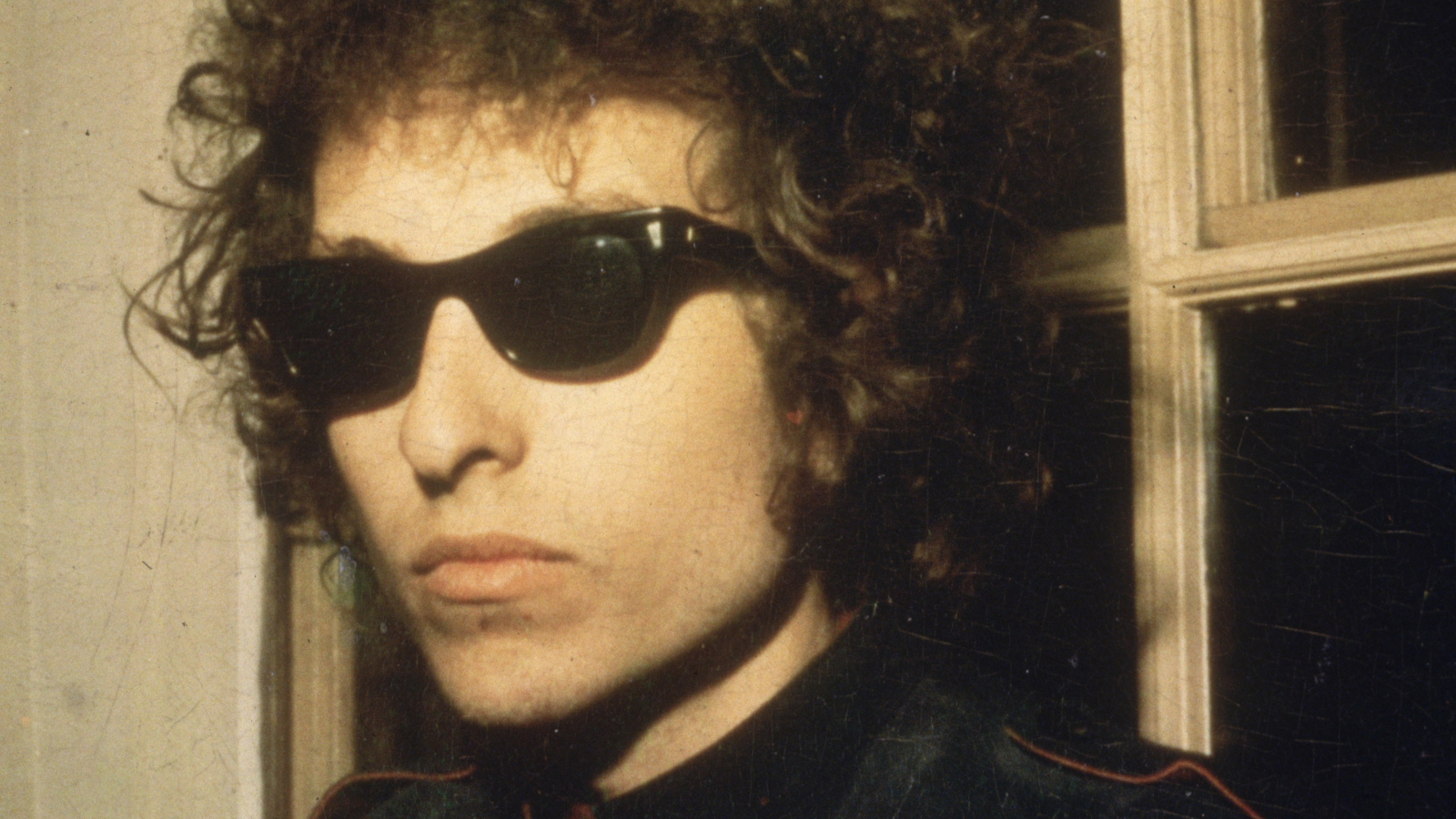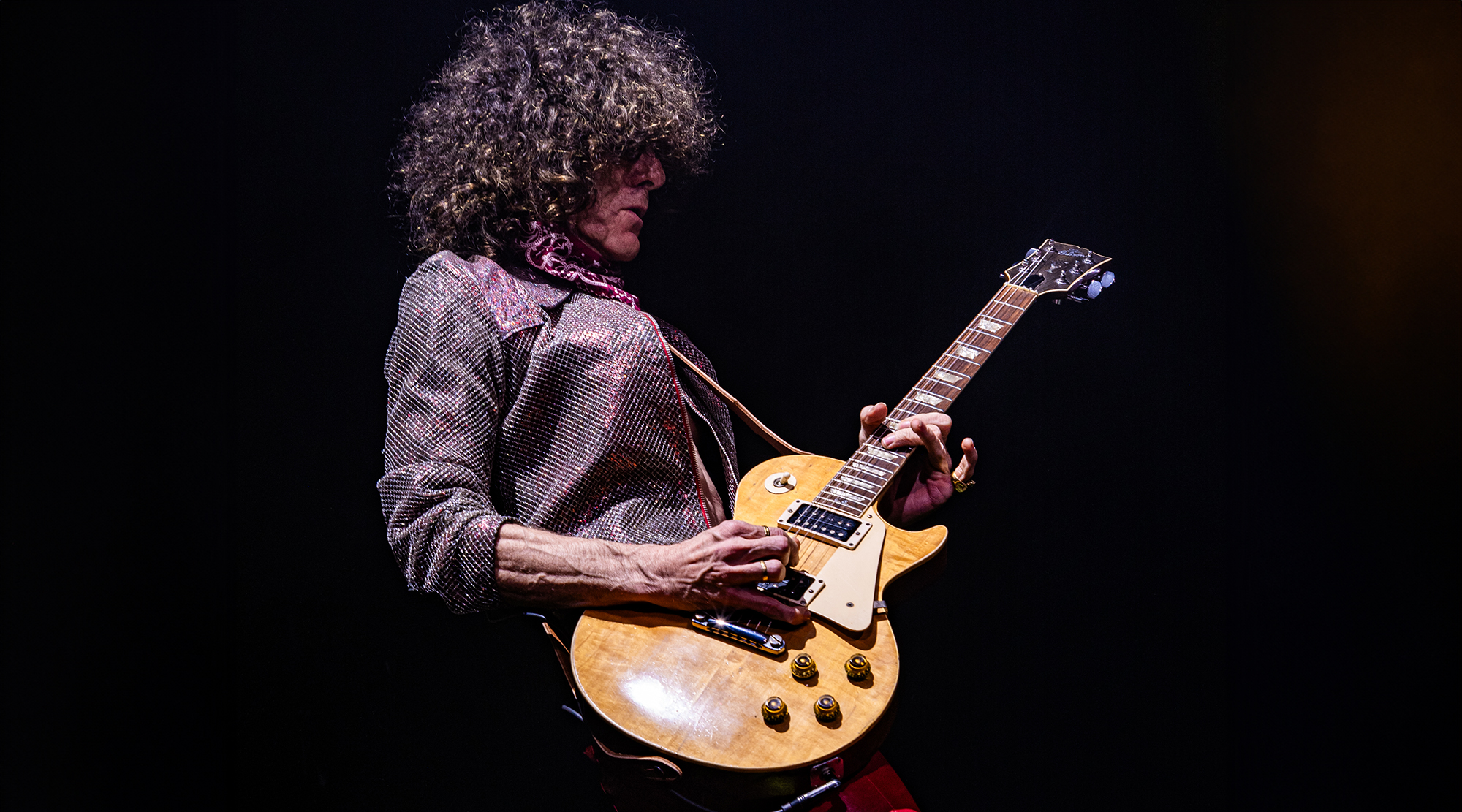Here’s Why Bob Dylan Was Essential to the Birth of Psychedelic Rock
From the Beatles and the Byrds to Jimi Hendrix and Jefferson Airplane, the folk legend laid the groundwork for all

With his folk guitar jangling and surreal lyrics, Bob Dylan more than perhaps anyone laid the groundwork for psychedelic rock’s more fanciful abstractions.
His raw-boned tunes were transformed into baroque-pop balladry by psychedelic-rock trailblazers like the Byrds (“Mr. Tambourine Man,” “Chimes of Freedom” and “All I Really Want to Do”), the 13th Floor Elevators (“It’s All Over Now, Baby Blue”) and Manfred Mann (“The Mighty Quinn”).
But many other groups found in Dylan’s songs inspiration for their own peculiar musical explorations.
While his early tunes like “A Hard Rain’s A-Gonna Fall” and “Mr. Tambourine Man” are charged with mysticism, Dylan’s lyrics had largely lost their fanciful edge and turned dark, more surreal and menacing by the writing of 1965’s Bringing It All Back Home and Highway 61 Revisited.
Songs like “Subterranean Homesick Blues,” “Maggie’s Farm,” “Bob Dylan’s 115th Dream” and “Highway 61 Revisited” describe danger zones and deals to be avoided, pointing the way to psychedelia’s darker side.
This menacing style can be heard in everything from the Beatles’ “A Day in the Life” to Jefferson Airplane’s “White Rabbit.”
Dylan could still be playful: A tune like “Desolation Row” presages the Beatles’ Sgt. Pepper’s, with its mix of historical and literary characters, fanciful themes and flirtations with fatality.
It was Dylan who turned the Fab Four on to pot, which inspired the earliest psychedelic stirrings of John Lennon and Paul McCartney’s music
Speaking of which, it was Dylan who turned the Fab Four on to pot, which inspired the earliest psychedelic stirrings of John Lennon and Paul McCartney’s music and the group’s nascent studio trickery.
And lest anyone forget, it was Dylan whose look, sound and music inspired a young Black guitarist to let his processed hair go natural and begin singing in his own imperfect style in the clubs of Greenwich Village.
As Jimi Hendrix, he became the biggest guitarist in late-’60s rock and scored his highest-charting U.S. hit with a transformative reworking of Dylan’s own psychedelic nightmare, “All Along the Watchtower.”
Browse the Bob Dylan catalog here.
Get The Pick Newsletter
All the latest guitar news, interviews, lessons, reviews, deals and more, direct to your inbox!
Christopher Scapelliti is editor-in-chief of GuitarPlayer.com and the former editor of Guitar Player, the world’s longest-running guitar magazine, founded in 1967. In his extensive career, he has authored in-depth interviews with such guitarists as Pete Townshend, Slash, Billy Corgan, Jack White, Elvis Costello and Todd Rundgren, and audio professionals including Beatles engineers Geoff Emerick and Ken Scott. He is the co-author of Guitar Aficionado: The Collections: The Most Famous, Rare, and Valuable Guitars in the World, a founding editor of Guitar Aficionado magazine, and a former editor with Guitar World, Guitar for the Practicing Musician and Maximum Guitar. Apart from guitars, he maintains a collection of more than 30 vintage analog synthesizers.










